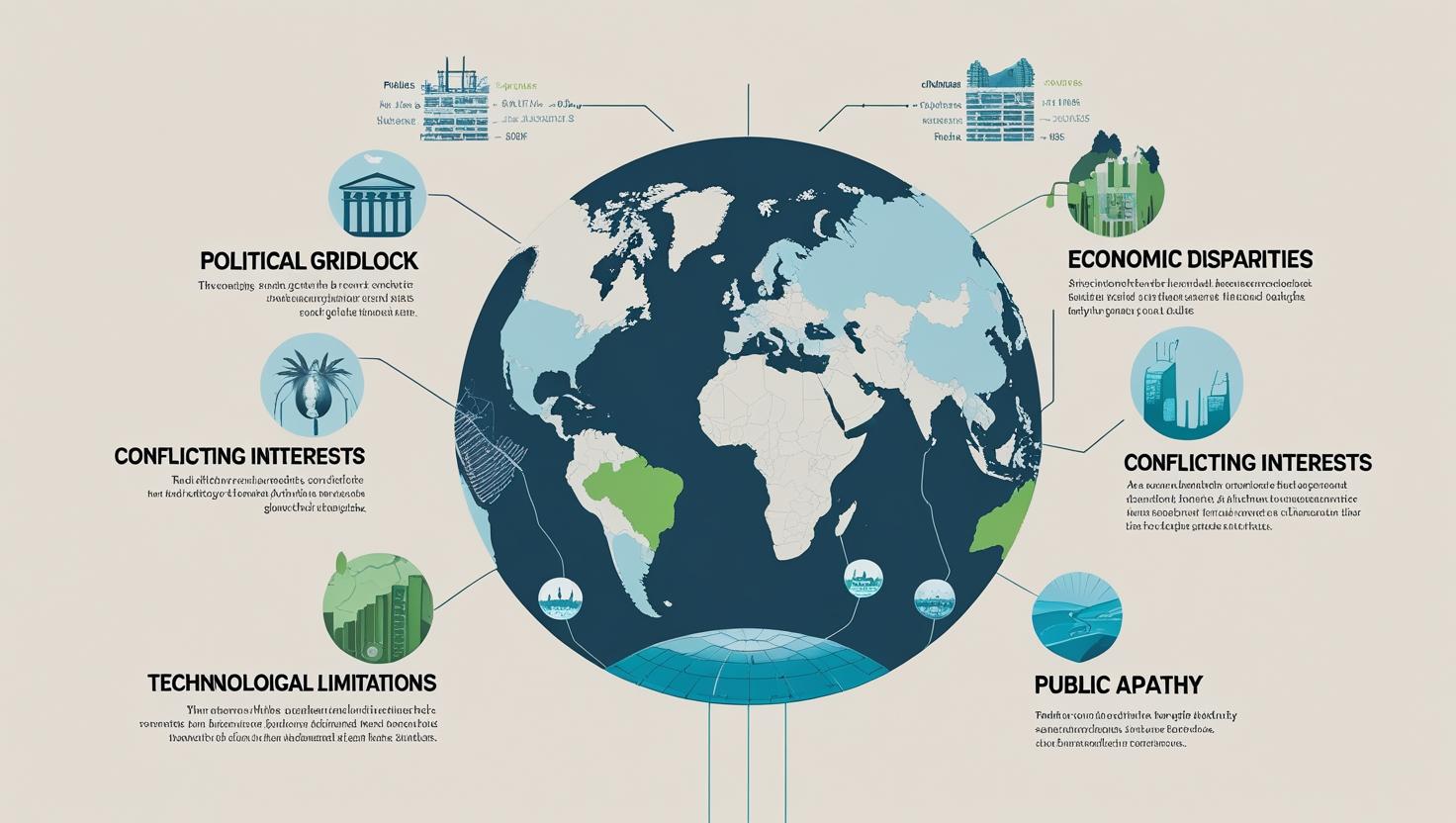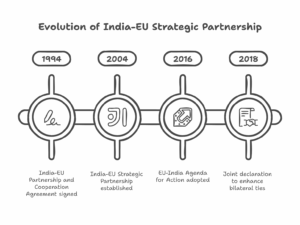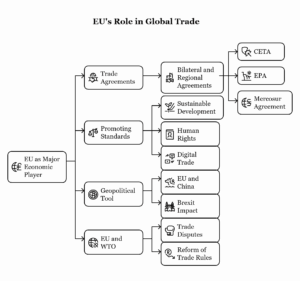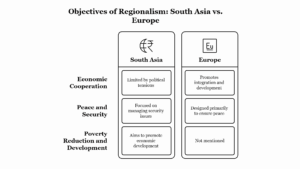Global environmental protection efforts have gained considerable momentum since the 1972 Stockholm Conference, culminating in landmark initiatives such as the Rio Earth Summit (1992), the Kyoto Protocol (1997), the Paris Agreement (2015), and the Sustainable Development Goals (SDGs). However, despite decades of international negotiations and frameworks, meaningful and coordinated global action to address environmental challenges like climate change, biodiversity loss, and pollution remains inconsistent and often inadequate. This is due to several persistent roadblocks that hinder the effectiveness and implementation of global environmental initiatives.
One of the most significant obstacles is the conflict between economic development and environmental protection. Developing countries often prioritize economic growth and poverty alleviation over environmental concerns, arguing that industrialized nations have historically contributed more to global environmental degradation and should therefore bear a greater burden of mitigation. This principle of “common but differentiated responsibilities” has been contentious in climate negotiations, leading to disagreements over financial commitments, technology transfer, and emission reduction targets. For example, while the Paris Agreement aimed for global consensus, its reliance on voluntary national contributions (NDCs) reflects the lack of enforceable obligations and differentiated responsibilities, weakening its overall impact.
Another roadblock is the dominance of national sovereignty over global cooperation. Environmental issues are transboundary in nature—air pollution, climate change, and marine degradation do not respect national borders. Yet, international law is based on the principle of state sovereignty, making it difficult to enforce global norms or penalize non-compliant nations. Countries often hesitate to adopt stringent environmental policies if they fear such measures will undermine their economic competitiveness, especially when peer countries do not implement similar restrictions.
Institutional and governance limitations also hamper global environmental efforts. Although various international organizations and agreements exist—the United Nations Environment Programme (UNEP), the Intergovernmental Panel on Climate Change (IPCC), and the United Nations Framework Convention on Climate Change (UNFCCC), among others—there is often a lack of coordination, overlap in mandates, and insufficient funding. Moreover, there is no single global authority with the power to enforce environmental standards or settle disputes, resulting in fragmented and inconsistent policy implementation.
A further obstacle is inadequate financing for climate adaptation and mitigation, especially in the Global South. Many developing nations lack the financial and technological resources to invest in renewable energy, sustainable agriculture, or climate-resilient infrastructure. Although mechanisms like the Green Climate Fund were established to bridge this gap, disbursements have been slow and insufficient. The promised $100 billion annually from developed countries to support climate action in developing nations remains unfulfilled in practice, breeding mistrust and reluctance to cooperate further.
Corporate lobbying and the influence of vested interests represent another major challenge. Multinational corporations, particularly those in the fossil fuel, mining, and agrochemical industries, often resist environmental regulations that could affect their profits. Through political lobbying, misinformation campaigns, and legal actions, these actors can delay or dilute policy decisions at both national and international levels. For instance, oil and gas companies have historically funded climate skepticism and undermined public support for emission reduction policies.
Public apathy and low awareness among citizens in many parts of the world also reduce the pressure on governments to act decisively. Environmental issues, especially those with long-term consequences like climate change, often take a backseat to more immediate concerns such as jobs, inflation, or national security. This results in weak political will and populist tendencies that can hinder long-term sustainability goals. The withdrawal of the United States from the Paris Agreement under President Donald Trump (later reversed by President Biden) exemplifies how shifts in political leadership and public opinion can derail international commitments.
Finally, technological gaps and knowledge disparities between countries limit the global implementation of innovative environmental solutions. While developed nations may have access to advanced clean technologies, poor countries struggle with outdated systems and lack the infrastructure or expertise to transition toward greener alternatives. Without effective technology transfer and capacity-building mechanisms, global environmental progress remains uneven.
In conclusion, while the urgency of environmental protection is universally acknowledged, global action is fraught with complex challenges—economic disparities, national interests, institutional weaknesses, and political inertia. Overcoming these roadblocks requires building stronger international coalitions, ensuring fair burden-sharing, fostering trust through financial and technological support, and engaging civil society to hold governments and corporations accountable. Only through genuine global solidarity and sustained cooperative action can environmental protection be realized on a planetary scale.








Leave a Reply